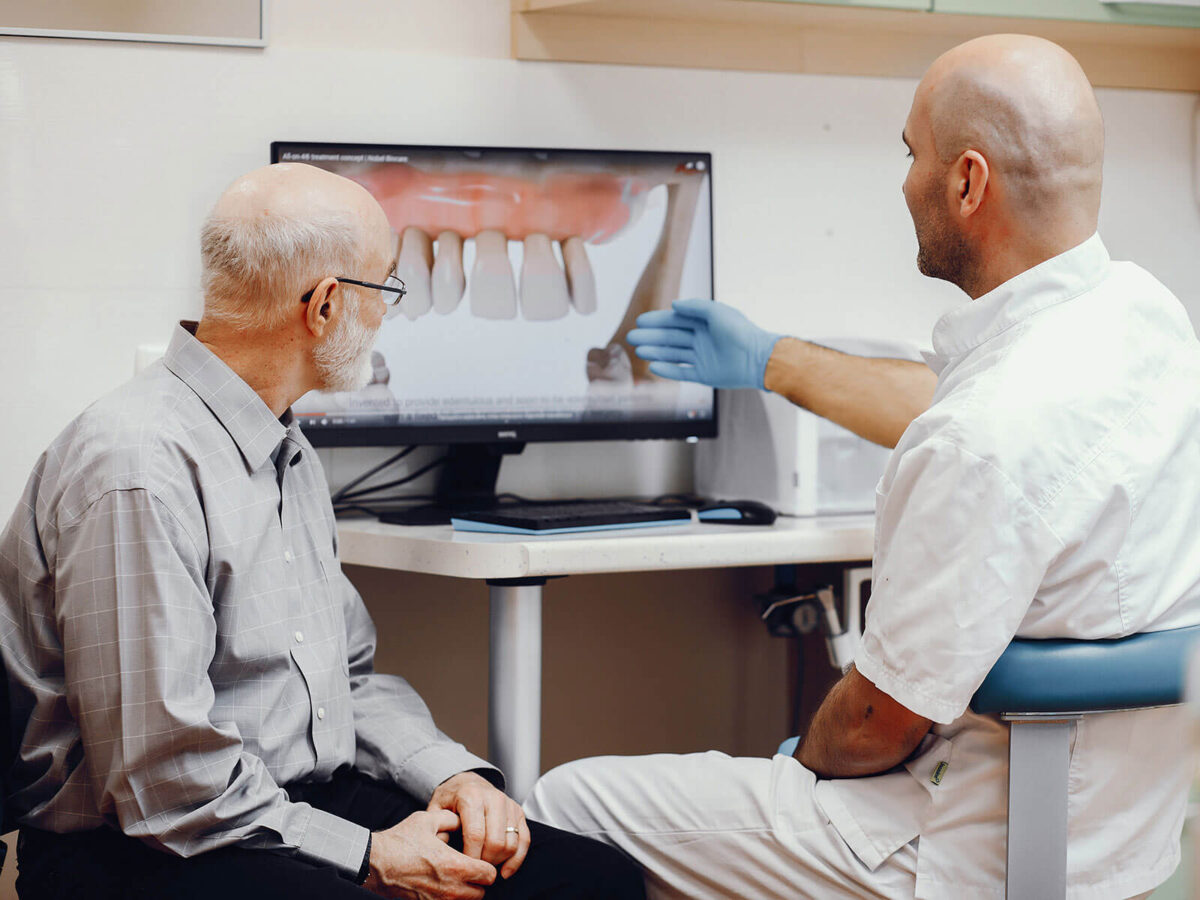Blog
Dental hygiene tips for healthy teeth & gums

Common Family Dental Issues And How To Address Them
Maintaining optimal oral health for the entire family is a collaborative effort that addresses common dental disorders that can impact people of all ages. Understanding and proactively handling these concerns contributes to the general well-being of the family, from children to adults. This detailed guide delves into typical dental issues for all ages and offers practical ways to deal with them to build a culture of proactive oral care.
Dental Issues For All Ages
1. Tooth Decay and Cavities:
a. Common Problem: Tooth decay and cavities are common dental issues affecting children and adults. Poor oral hygiene, sugary diets, and infrequent dental check-ups affect their incidence.
b. Practical Solution: Encourage all family members to regularly brush and floss their teeth. Sugary snacks and beverages should be avoided. Make regular dental appointments for professional cleanings and preventive care.
2. Gum Disease (Gingivitis and Periodontitis):
a. Affecting people of all ages, gum disease can start with gingivitis (moderate inflammation) and proceed to periodontitis (severe gum disease). Gum disease is exacerbated by poor dental hygiene, tobacco use, and certain medical disorders.
b. Practical Solution: Stress the significance of everyday oral hygiene activities, such as thorough brushing and flossing. Schedule frequent dental check-ups to receive professional cleanings and to detect gum disease early. To lower the risk of gum disease, encourage lifestyle modifications such as quitting smoking.
3. Dental Emergencies:
a. Common Problem: Dental emergencies, such as toothaches, fractures, and knocked-out teeth, can happen anytime. Accidents, sports injuries, or untreated dental conditions can all result in an emergency.
b. Practical Solution: Provide the family with a dental first aid kit that includes gauze, a cold compress, and over-the-counter pain medicines. In the event of an emergency, contact the dentist right away for advice and timely treatment. To avoid injury, wear mouthguards while participating in sports.
4. Orthodontic Issues:
a. Common Problem: Misaligned teeth, bite disorders, and overcrowding can affect children and adults. Genetics, oral habits, and tooth growth influence orthodontic issues.
b. Practical Solution: Arrange for children to have early orthodontic exams to identify and correct potential concerns. Consult an orthodontist for customized treatment regimens, including braces or clear aligners. Stress the significance of wearing retainers after orthodontic treatment.
5. Dental Anxiety:
a. A widespread problem: Dental anxiety is a widespread problem that affects people of all ages, and it is generally caused by fear or poor past experiences. Dental anxiety can cause people to postpone going to the dentist, jeopardizing their oral health.
b. Practical Solution: Select a family-friendly dentist who works with people of all ages. Communicate freely with the dentist about your anxiety problems to investigate comfort measures. To alleviate anxiety during dental visits, try relaxing techniques such as deep breathing or visualization.
6. Tooth Sensitivity:
a. Common Problem: Tooth sensitivity to hot, cold, or sweet stimuli can affect family members. Exposed dental roots, enamel degradation, and cavities are the causes.
b. Practical Solution: Use sensitive-tooth toothpaste. To avoid gum recession and enamel degradation, practice good dental hygiene. Schedule a dental exam to determine and treat the underlying cause of sensitivity.
7. Thumb-Sucking and Pacifier usage:
a. Common Problem: Thumb-sucking and prolonged pacifier usage can impact dental growth in young children, resulting in misalignment concerns. It is critical to break these habits at a suitable age.
b. Practical Solution: Use positive reinforcement to prevent thumb-sucking or the usage of pacifiers. Use age-appropriate tactics such as praise or rewards to persuade youngsters to cease harmful habits. Consult a pediatric dentist for help breaking the thumb-sucking or dummy habit.
8. Bruxism (grinding of the teeth):
a. widespread Problem: Teeth grinding, also known as bruxism, is a widespread problem that can affect both children and adults. Stress, misaligned teeth, or sleep difficulties can cause bruxism.
b. Action Plan: Address underlying stressors and practice stress-reduction practices. Consider using a night guard to protect your teeth from the symptoms of bruxism, especially while you sleep. Schedule a dental exam to determine the extent of bruxism and possible remedies.
9. Preventive Measures for Everyone:
a. Routine Dental Exams: Schedule routine dental examinations for all family members, including children. The importance of early detection and preventive care in sustaining oral health cannot be overstated.
b. Oral Hygiene Education: Educate family members on proper oral hygiene habits such as brushing, flossing, and tongue cleansing. Instill the value of consistent oral care regimens.
c. Balanced Diet: For maximum dental health, encourage a balanced diet rich in fruits, vegetables, and dairy products. Sugary snacks and beverages, which lead to tooth decay, should be avoided.
d. Consistent Oral Hygiene practices: Start practicing consistent oral hygiene practices at a young age. Make dental hygiene a family affair to foster a culture of shared responsibility.
Conclusion:
Preventive measures, open communication, and proactive dental care are required to address common dental issues for all ages. Families can effectively navigate oral health problems by prioritizing regular dental check-ups, practicing excellent oral hygiene, and addressing concerns as soon as they arise. Parents, children, and dental professionals working together create a family atmosphere where everyone can enjoy maximum oral health and smiles that last a lifetime.
